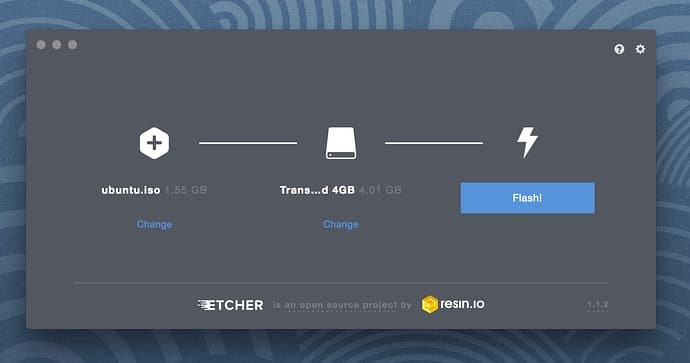

- Create mac os usb bootable drive for free#
- Create mac os usb bootable drive install#
- Create mac os usb bootable drive iso#
basically, you need to restart your mac in recovery mode, go to menu utilities and open terminal, type crsutil status to check if it is enabled or disabled, then you can use csrutil disable or csrutil enable. Obs.: if your MacOS complain, you need to disable the CSR before change this. This tutorial will help you create a bootable USB flash drive for your Mac on a Windows computer using Transmac.Please visit.
Create mac os usb bootable drive install#
That's it, now when you open the Bootcamp assistant you can use the option that allows you to create a USB install boot disk. The best thing to do is download it once and create a bootable install USB drive from the file for all of your Macs.
Create mac os usb bootable drive for free#
it will ask if you want to replace it, then you answer yes. Apple released the new Mac OS X 10.10 Yosemite in the Mac App Store for everyone to download and install for free on October 16th, 2014, but downloading a 5+ GB file for each of your computers will take some serious time. Save this file, go back to the contents of the Boot Camp Assistant and drag the newly edited file into. In my case I changed from Macbook7,2 to MacBookPro8,2. If it is like PreUSBBootSupportedModels, change the name to USBBootSupportedModels, expand this line and at the item0, edit and write down your MacBook model as a string value. Step 2: Create a Temporary Disk in Disk Utility. Open this ist file with a plist file editor or xcode, then look for a line saying "USBBootSupportedModels". Step 1: Turn on your Mac and hold Command + R to enter Recovery mode and click on Disk Utility.
Create mac os usb bootable drive iso#
Then find the file ist and drag and drop to a whatever folder you created before. No DMG or ISO file required - New Method to Create MacOS Bootable USB drive on Windows from Original unmodified macOS Installer App.In this video i will sho.

go to your application>utilities, select the Boot Camp Assistant app, right click > show packages content. To boot from an alternate drive on an macOS/OS X system, bring up the boot menu by pressing the Option key immediately after powering on the device and select. Open Disk Utility, select the USB drive, and click the Erase icon. So, for those who can't create the USB install disk, here some tip. To create the bootable installer, plug the USB drive into your current Mac.


 0 kommentar(er)
0 kommentar(er)
